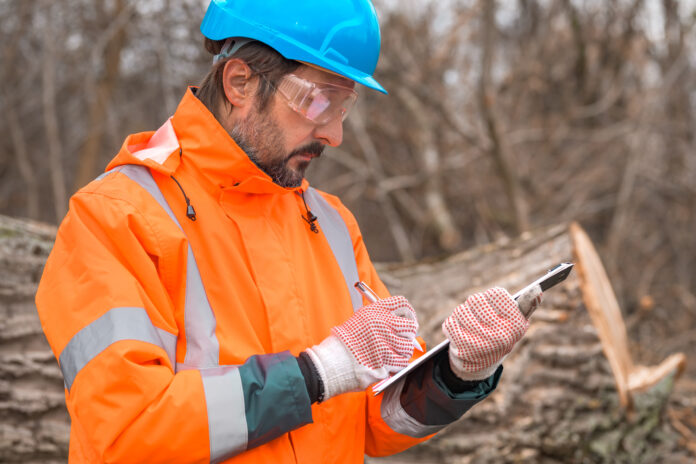Minister of State for Forestry at the Department of Agriculture, Food and the Marine, Senator Pippa Hackett, has published her Department’s Forest Licencing plan for 2022. The plan sets a target of 5,200 new licences for this year. This is a 30% increase in licences issued compared to last year.
Referring to the plan, the Minister emphasised the focus on increasing the numbers of planting licences issued:
“Last year there were significant increases in the numbers of felling and roads licences issued. In 2022, we are giving a much higher priority to issuing planting licences. Our plan is to achieve a 100% increase in output. In addition, we intend to increase the overall number of private licences issued in respect of felling, roads and planting by almost 50%, and to achieve an overall increase in licencing output of 30%. We will also significantly increase the output on schemes like the Reconstitution and Underplanting Scheme (Ash Dieback ) (RUS), Reconstitution of Woodland Scheme (Frost) and the Native Woodland Conservation Scheme. The targets are ambitious, but we feel they are achievable, especially in light of the good progress we made last year. Last year was a record year for licencing, in terms of felling volume and forest roads, and we intend to build on that.”
The Minister also pointed to the broader challenge of increasing the level of planting by farmers and landowners:
“Improved licencing output has a role to play in building confidence among farmers and landowners, and in increasing demand for licences and planting rates. That is why I am attaching such importance to improving output in 2022. We are already making significant progress. However, we also need to address the broader issue of increasing the level of interest in planting among farmers and landowners. In 2021, for example, there were 502 afforestation licences issued. Those licences would have facilitated the planting of over 4,200 ha, but only 2,000 ha have been planted to date. The conversion rate from licencing to planting, at about 64%, is low. This means that at present, a disproportionate amount of processing effort both by the Department and forestry companies is wasted. We need to change that.”
She continued,
“I am equally concerned about the decline in the number of applications for planting licences in recent years. This should be of concern to all of us who want to see more trees planted in Ireland. In addition to the progress made already, my department has, through Project Woodland, commissioned reviews of its processes and the regulatory framework with a view to further increasing the efficiency of the licencing system. I am also introducing an amendment to the Forestry Act 2014 to facilitate small scale tree-planting without the need for a licence. But we also have to get much better at communicating the benefits of forestry to those we are trying to encourage to plant trees. On most farms, planting can comfortably co-exist with livestock enterprises and can significantly increase the net income from the holding. Farmers who plant trees on a portion of their lands, can continue to engage in their traditional farm enterprises. They can also continue to receive their Basic Payment on planted lands, and will receive grants to cover establishment costs, generous premia over 15 years and substantial tax free income at thinning and harvesting time.”
Minister Hackett concluded,
“It is critically important that everyone with an interest in developing the sector works closely together to communicate these extraordinarily positive messages to farmers and landowners. We are at an inflection point now in terms of licencing, but if we want to succeed in increasing the level of interest in forestry among those we wish to encourage to plant, we must also work together to communicate this positive message consistently. I look forward to working closely with foresters and farmers to do this.”






